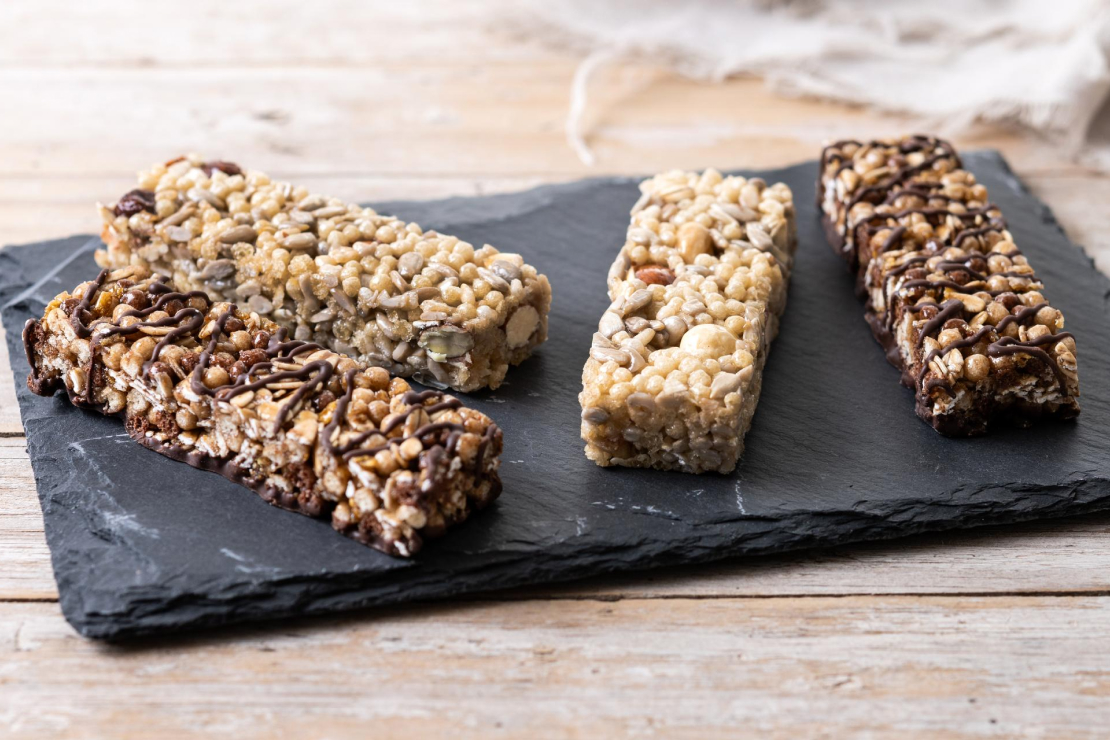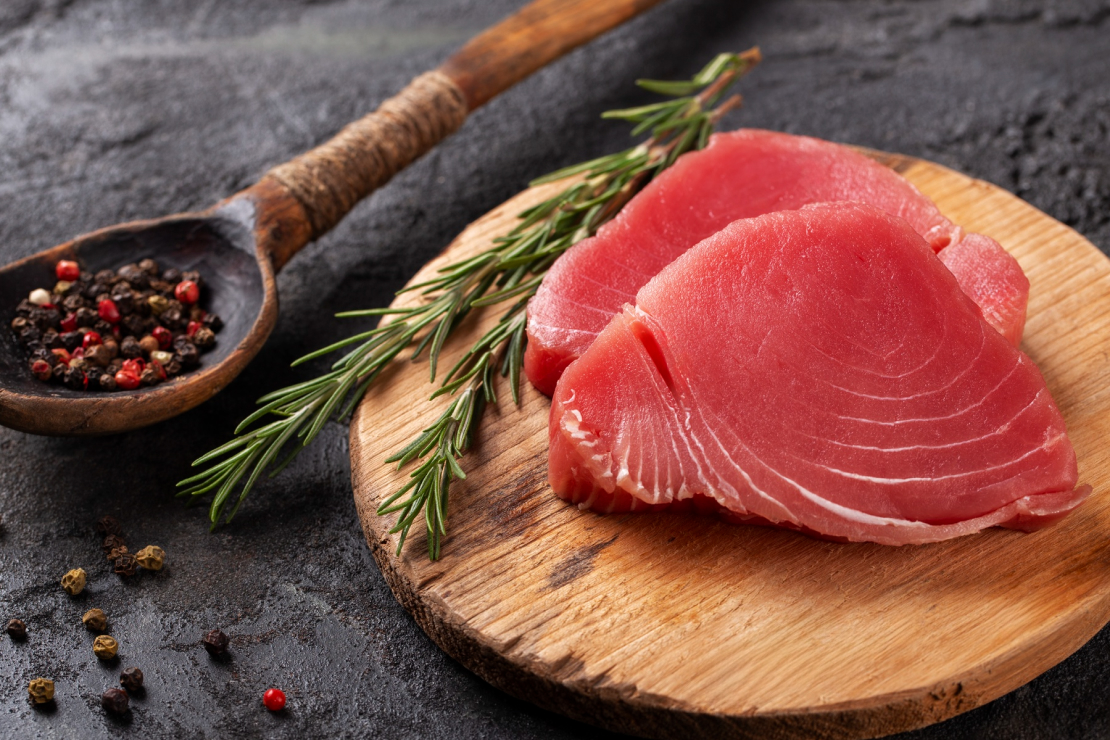Build the Perfect Macro-Friendly Salad (Without Ruining It)
Learn how to construct the ultimate macro-friendly salad that’s both delicious and perfectly aligned with your health goals. We’ll show you how to balance proteins, carbs, and fats, and avoid common pitfalls that turn a healthy meal into a calorie bomb.

Table of Content
From Side Dish to Super-Meal: The Art of the Macro-Friendly Salad
The salad has a reputation as the quintessential health food, but it's also one of the easiest meals to get wrong. A few poor choices can transform a bowl of vibrant, nutrient-dense ingredients into a high-calorie, macro-imbalanced meal that sabotages your health goals. This guide will teach you the art of building the perfect macro-friendly salad, ensuring every bowl is as delicious as it is nutritious.
The Foundation: Building Your Salad Base
The base of your salad sets the stage for everything else. It should be high in volume and nutrients but low in calories.
- Leafy Greens: Start with a generous portion of greens like spinach, kale, romaine, or arugula. They are packed with vitamins and minerals.
- Colorful Vegetables: Add a variety of non-starchy vegetables for fiber, texture, and a wide range of phytonutrients. Think bell peppers, cucumbers, tomatoes, broccoli, and red onions.
The Protein Powerhouse: Choose Your Protein Wisely
Protein is crucial for satiety and muscle maintenance, making it a non-negotiable component of a macro-friendly salad. Aim for a lean protein source to keep you full for hours.
- Lean Meats: Grilled chicken breast, turkey, or lean steak.
- Fish: Salmon, tuna, or shrimp for a dose of healthy omega-3s.
- Plant-Based Options: Chickpeas, black beans, lentils, tofu, or tempeh.
- Eggs: Hard-boiled eggs are an excellent, easy addition.
Smart Carbs: Fueling Your Body the Right Way
Carbohydrates provide energy. Choose complex, high-fiber carbs to ensure a slow, sustained release of energy and prevent blood sugar spikes.
- Whole Grains: Quinoa, brown rice, or farro.
- Starchy Vegetables: Roasted sweet potatoes, corn, or peas.
- Legumes: Beans and lentils double as a great carb and protein source.
Healthy Fats: For Flavor and Fullness
Fats are essential for hormone production and absorbing fat-soluble vitamins. They also add flavor and contribute to satiety.
- Avocado: A creamy, nutrient-dense option.
- Nuts and Seeds: Almonds, walnuts, sunflower seeds, or chia seeds add crunch and healthy fats.
- Cheese: A small amount of feta, goat cheese, or parmesan can add a lot of flavor.
The Downfall of Many Salads: The Dressing
This is where most healthy salads go wrong. Creamy, store-bought dressings are often loaded with sugar, unhealthy fats, and excess calories.
The Solution: DIY Dressings
Making your own dressing is easy and gives you complete control over the ingredients.
Simple Vinaigrette Formula: 3 parts oil (extra virgin olive oil) + 1 part acid (lemon juice, balsamic vinegar) + seasonings (salt, pepper, herbs, a touch of Dijon mustard).
| Common Salad Mistake | Why It Ruins Your Salad | The Macro-Friendly Fix |
|---|---|---|
| Creamy Dressings | Can add 150-200+ calories and 15-20g of fat per 2 tbsp serving. | Opt for a light vinaigrette or a yogurt-based dressing. |
| Candied Nuts & Croutons | High in sugar, refined carbs, and unhealthy fats. | Use raw or toasted nuts/seeds for crunch. |
| Too Much Cheese | Cheese is calorie-dense; portions can quickly add up. | Use a small amount of a strongly flavored cheese like feta or parmesan. |
| Dried Fruit | A concentrated source of sugar. | Use a small amount of fresh fruit like berries or apple slices instead. |
Putting It All Together: The Perfect Salad Formula
Use this formula as a guide to build a balanced, macro-friendly salad every time:
- Base: 2-3 cups of leafy greens.
- Protein: 1 palm-sized portion (20-30g of protein).
- Carbs: 1/2 cup of complex carbs.
- Fats: 1-2 tablespoons of healthy fats.
- Dressing: 1-2 tablespoons of a light, homemade dressing.
Conclusion: Elevate Your Salad Game
A salad is a canvas for your nutritional goals. By understanding how to balance your macronutrients and avoiding common pitfalls, you can transform a simple salad from a light side dish into a satisfying, powerful meal that fuels your body and helps you achieve your health objectives. Build your salads with intention, and they will become a delicious and indispensable part of your healthy lifestyle.
"A well-built salad is a testament to the fact that healthy eating can be both incredibly delicious and perfectly aligned with your goals."
Frequently Asked Questions
How can I make my salad more filling?
To increase satiety, ensure your salad has adequate protein (20-30g), fiber (from vegetables and complex carbs), and a source of healthy fats. These three components work together to keep you full for longer.
Are pre-made salads from the store healthy?
They can be, but you must read the labels carefully. Pay close attention to the dressing, which is often high in calories, sugar, and sodium. Also, be wary of toppings like croutons, crispy noodles, and candied nuts.
What's the best way to meal prep salads?
Store your components separately to maintain freshness. Keep the greens, chopped vegetables, protein, and dressing in different containers. Assemble right before eating. Mason jar salads, with the dressing at the bottom, are also a great option.
Start Your Health Journey Today
Download Macro Tracking AI and take control of your nutrition with the power of artificial intelligence.
Download on App Store

